10 Easiest Cooking Herbs To Grow At Home
As an Amazon Associate and member of other affiliate programs, I earn from qualifying purchases.
These easy to grow cooking herbs are often used in home recipes and add amazing homegrown flavor to family meals. If you’ve never grown your own herbs, you’ll be surprised at the difference between cooking with fresh and dried herbs.
In our home, these are the most common herbs we use for cooking. Fresh homegrown herbs are very aromatic and cooking with them will make your home smell amazing!
Easiest Cooking Herbs To Grow At Home
Herbs, in general, are one of the easiest types of plants to grow. Many will happily grow in a small container on your windowsill or patio. If you’re planning to grow your own cooking herbs inside through the winter, consider investing in some supplemental lighting.
It’s not expensive, and it will greatly improve your results.
Here’s our favorite way of growing herbs for cooking:
When to plant cooking herbs
If you have time to do so, start your herbs from seed 6-8 weeks before your last frost. But you can also start with plants that you purchase at your local home improvement or nursery, and you’ll be harvesting herbs much sooner.
Perennial herbs can be planted in the spring or fall, but frost tender herbs like basil should be planted in the spring – unless you’re doing some indoor winter gardening.
If you’re ready to grow herbs at home, then these plants will give you the most bang for your buck.
1. Rosemary
Rosemary is a wonderful herb for cooking any time of year and is especially aromatic when roasting meat or veggies. It’s a great addition to family recipe staples like roasted vegetables, mashed potatoes, and baked chicken or turkey.
Rosemary is a low maintenance perennial and super simple to grow. It prefers a sunny location with well-draining soil, and is suited to both in ground and container gardening. Overwatering your rosemary is the easiest way to kill it – although it needs a bit more support right after it’s transplanted.
Good news for beginners:
Once established, this herb tolerates neglect quite well.
Depending on the variety, rosemary is very hardy for outdoor growth down to 10 degrees F, is resistant to pests and disease, and a single plant lives for several years. It made a great companion plant for broccoli in our fall garden.
Happy plants will grow to 4 feet wide and tall or more and can be pruned into topiaries and other shapes. The small, fragrant leaves can be harvested anytime throughout the year.
2. Lavender
Perhaps it surprises you to see lavender on a list of garden herbs for cooking. But this beautiful perennial plant grows quite well in containers and can tolerate light freezes in US hardiness zones 5 through 8.
Like rosemary, lavender likes a sunny location with well-draining soil. Hot and dry conditions are actually favorable for more fragrant flowers, and too much water will kill your plant.
If you live in an area with clay soil, your lavender will do much better if you add something to loosen the soil around its rootball. Dig a larger hole than usual and add in some organic matter like compost or even potting soil (just NOT peat moss!). This will help make the soil less dense and drain better.
Lavender flowers in the late summer and fresh blooms can be harvested and dried for use year-round.
Lavender is an herb often used in French cooking and is a surprising addition to roasted potatoes, cakes, and cookies. It also adds a wonderful flavor to lemonade and tea.
Need recipes for lavender? 20 Recipes That Use Lavender
3. Thyme
One of my favorite cooking herbs from the garden is thyme! The unique flavor and scent of thyme make it a great addition to meat rubs, herb-infused bread, and comforting winter soups.
Thyme is a small bushy herb that grows happily even in small containers and as a perennial in zones 5 through 9. It likes full sun and can tolerate some drought.
Water only when the soil is dry to avoid overwatering your thyme.
It is a pretty, aromatic, and low growing addition to vegetable container gardens. Harvest thyme in the spring and summer and dry it for year-round use or keep a plant in a small pot on your windowsill for fresh use.
4. Sage
Sage is a hardy and beautiful perennial herb with light grey-green leaves and gorgeous purple flowers. It has a wonderful scent that always reminds me of Thanksgiving dressing.
It grows well in sandy, well-draining soils in full sun and tolerates freezing and drought. In warmer climates, grow sage as a fall crop to avoid poor results from hot, humid summers.
It will grow as a perennial in US hardiness zones 5-8. When you find the right spot for it, sage will spread and becomes a lovely low maintenance landscape plant.
Sage plants need to mature before you can harvest them, so you’re better off buying plants than starting from seed. Use the fragrant leaves for flavoring meats, bread, and sauces.
5. Bay Leaves
Bay leaves come from the sweet bay tree. The sweet bay leaf tree grows best in zones 7 and higher, but can be trained to grow in a container and brought indoors for winter in colder climates.
It prefers a rich, well-draining soil and requires little care other than watering and pruning. You can use any of the leaves from your bay tree, but harvest the lower and older leaves for more intense flavor.
Bay leaves add an unbeatable seasoning to your meal, and I love adding whole leaves to my sauces and soups. Bay leaves are used to add aromatics to your meal. Always remove whole bay leaves before serving as their hard, rough texture is really not edible.
6. Flat Leaf Parsley
An annual grown in full sun to part shade in zones 5 through 9, parsley is a yummy addition to salads, soups, and as a fresh, edible garnish to many other dishes.
Parsley will struggle in extreme heat and can be a pill to start from seed. Plants will do much better in morning sun and afternoon shade in areas with very hot summers.
Cut flat leaf parsley back often to prevent flowering and encourage new growth of leaves. It will grow in a window sill but can become leggy (having long flimsy stems).
If your parsley starts to look pale or yellow, give it a boost with some compost tea or organic fertilizer. For the most flavor, don’t rinse your leaves before using them as it will remove the aromatic oils from the leaves.
7. Chives
I love fresh chives in any potato dish, and they are a delicious topping for soups and salads. They’re so, so easy to grow from seed or transplants and do well in containers with very little disease or pest problems.
Grown outdoors, they make a pretty addition to your herb garden when they flower midsummer – you can even eat the flowers! Indoors, place them where they will receive at least 6 hours of sun and water them when the soil is dry.
8. Mint
Mint is a lovely plant that thrives in lots of conditions. It is recommended to grow mint in a container because it will quickly spread and overtake your garden. Overwatering and heavy frost can kill mint, but it’s otherwise virtually indestructible.
Depending on the variety, you can grow mint in full sun to part-shade in hardiness zones 3 to 9. Prune it often when growing in a container to encourage new growth.
Add mint to ice cream, sorbet, cookies and holiday cocktails for a refreshing treat.
9. Basil
Basil is a staple in the kitchen for any chef. It grows very happily in containers, is a great companion when growing tomatoes, and needs little attention other than needing frequent pruning.
Be careful not to overwater basil for best results. To prevent flowering, cut it back and make pesto often.
In warm climates, basil can be grown as a perennial. But basil is very susceptible to damage from frosts, so grow as an annual or protect your plants and bring them indoors for the winter.
Fresh basil is delicious in salads, salad dressings, sauces, and even dessert.
10. Oregano
Like other herbs in this list, oregano likes full sun and well-draining soil, but in very hot summers, it can benefit from some afternoon shade. Once established, oregano is a no maintenace plant.
We planted a small plant 3 years ago, and it’s about taken over our entire herb garden with very little input from me.
Harvest in late spring or early fall just after flowering for the best flavor, and cut back older plants to encourage new, tender growth. Fresh or dried oregano is added to soups, sauces, seasoning blends, and meat rubs.
So what cooking herbs are you growing?
Share your experience in the comments below!


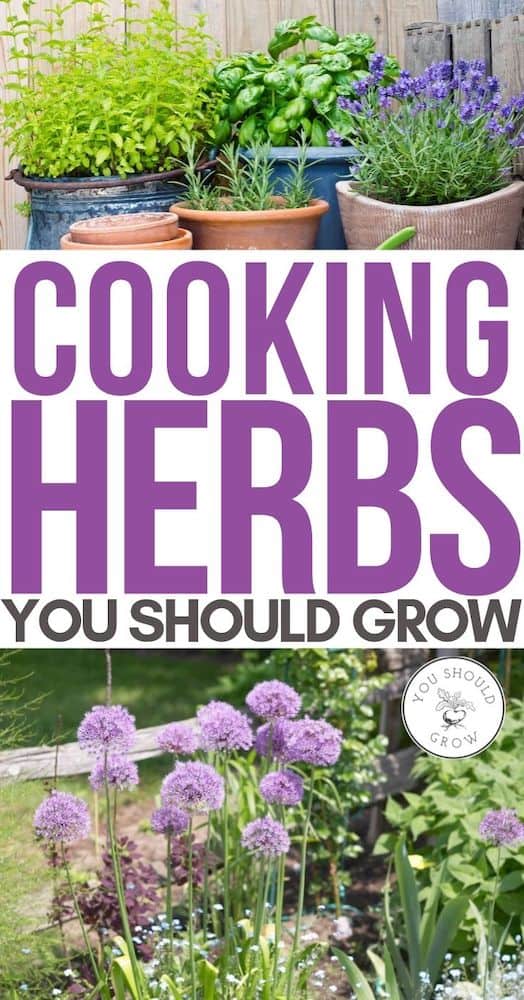
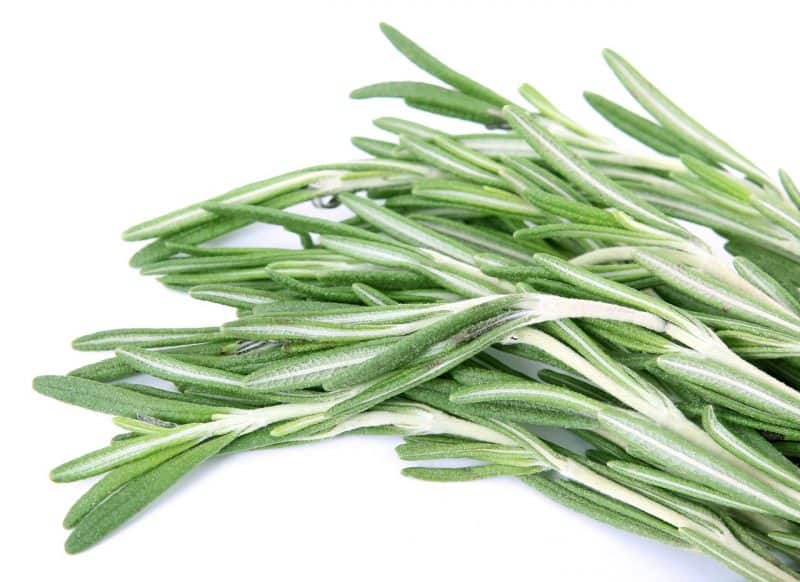
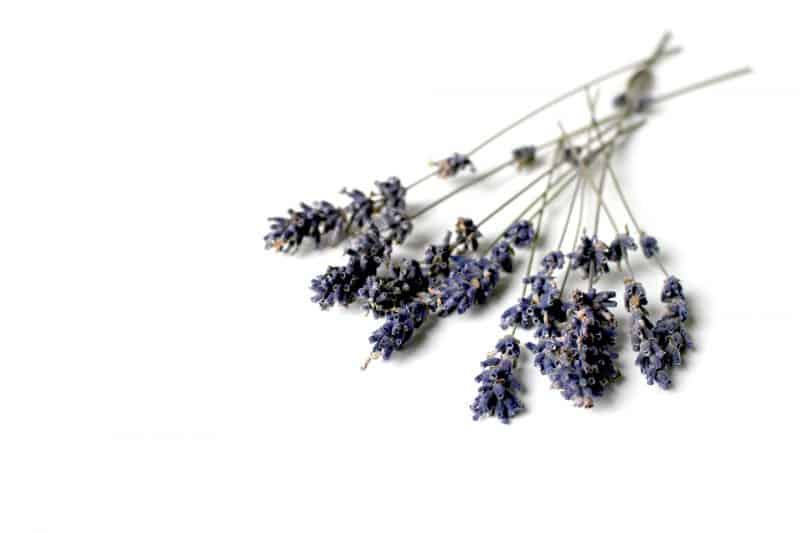
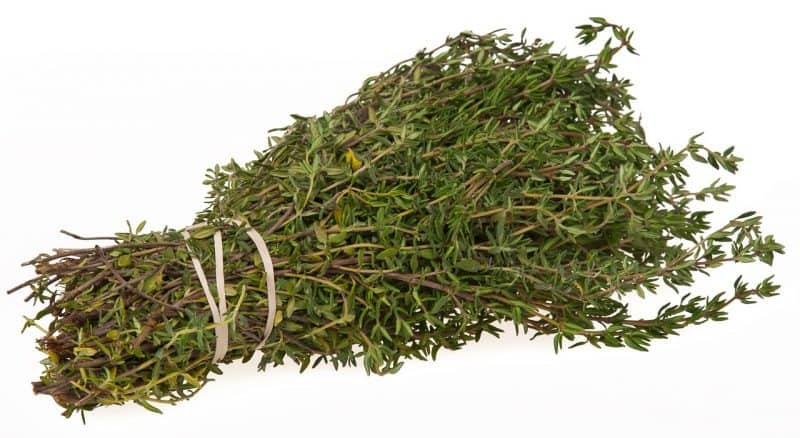
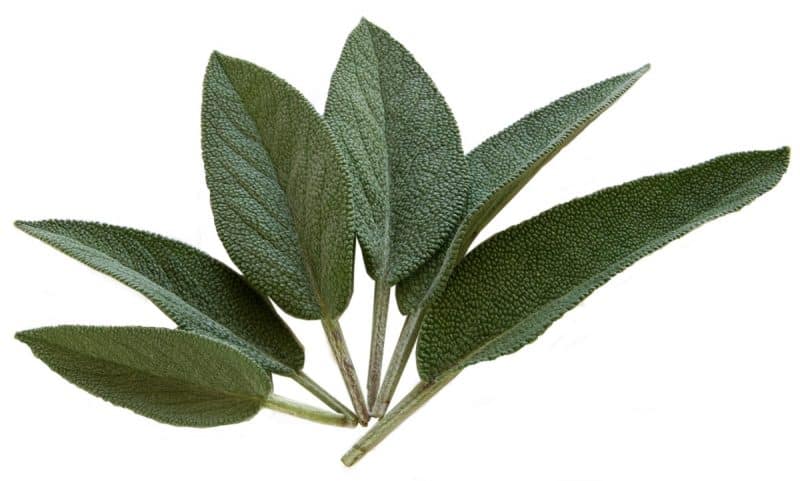
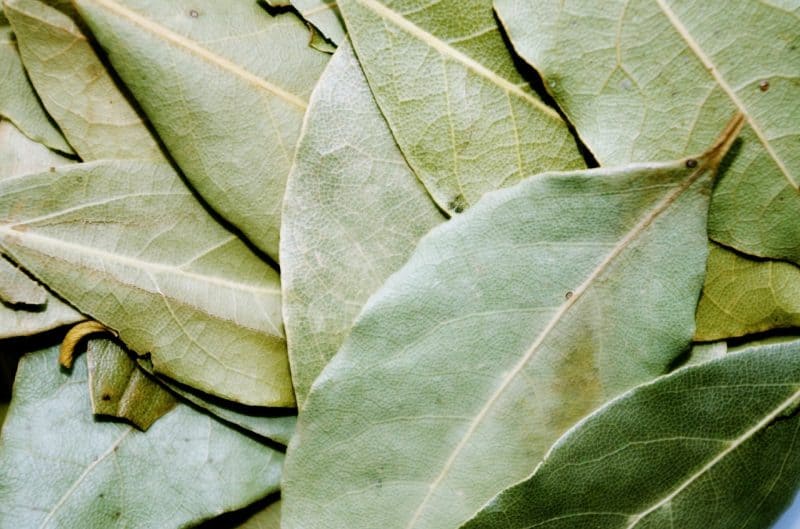
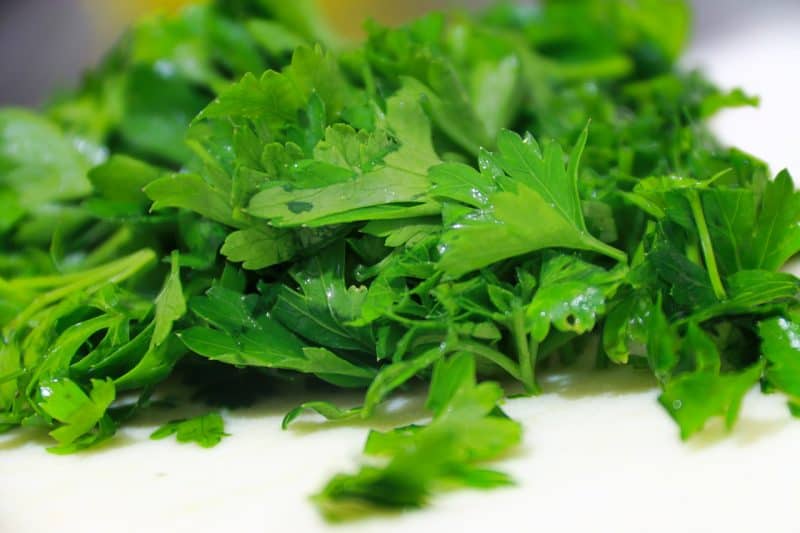
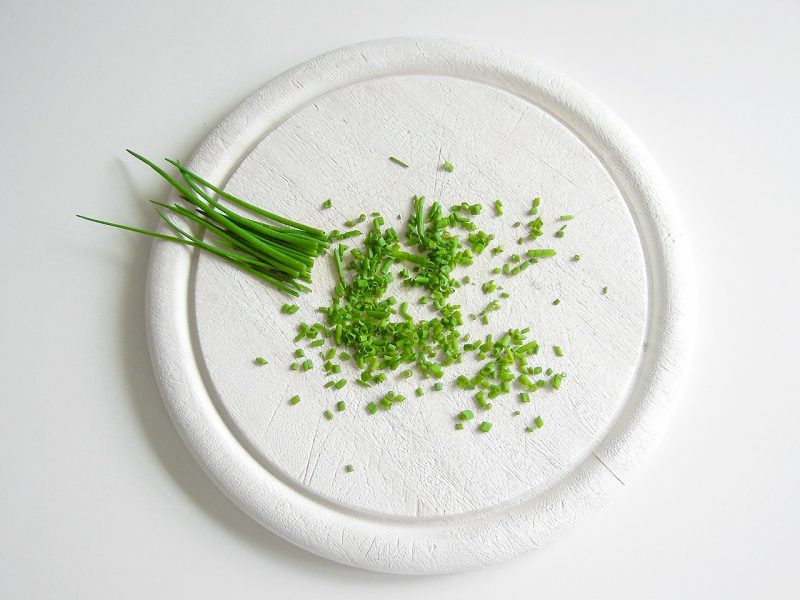
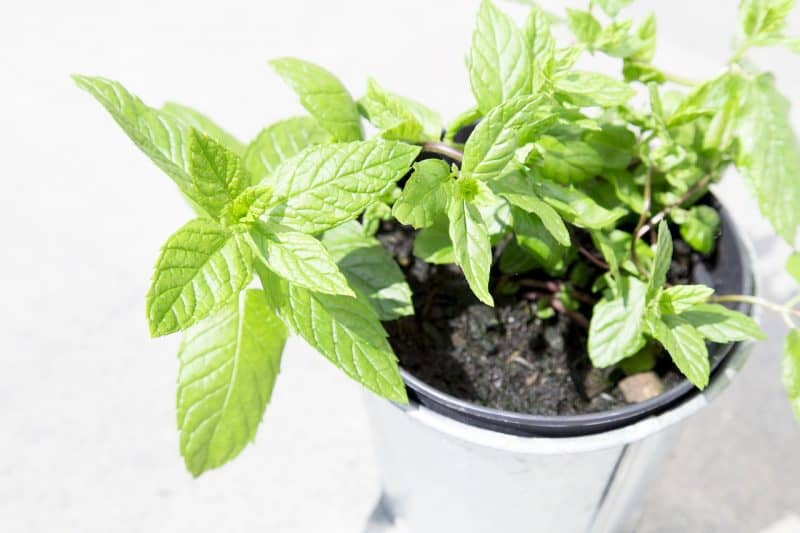
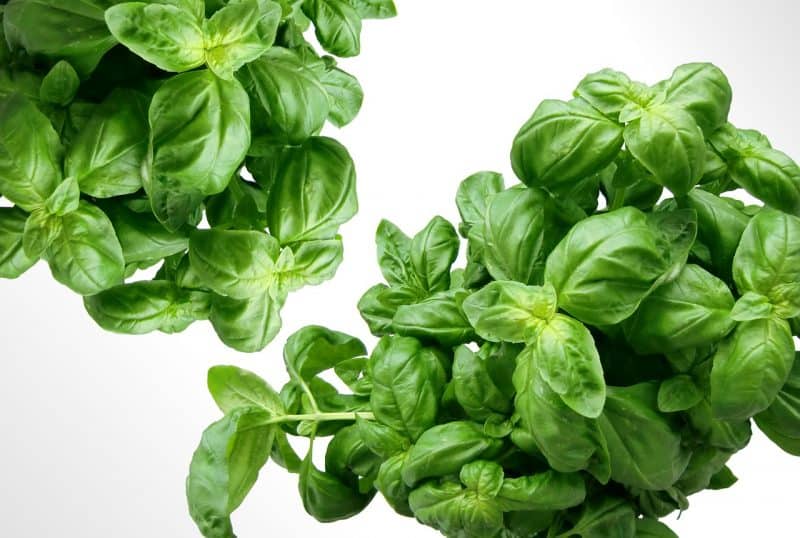
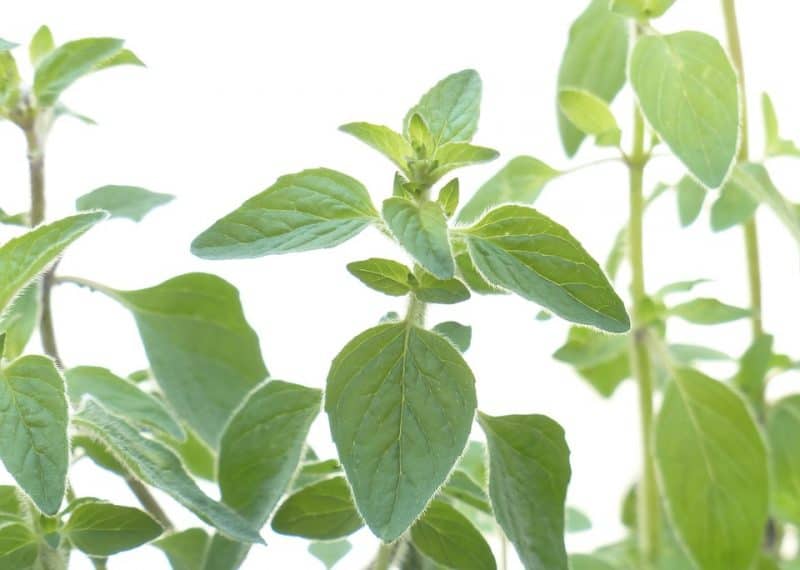
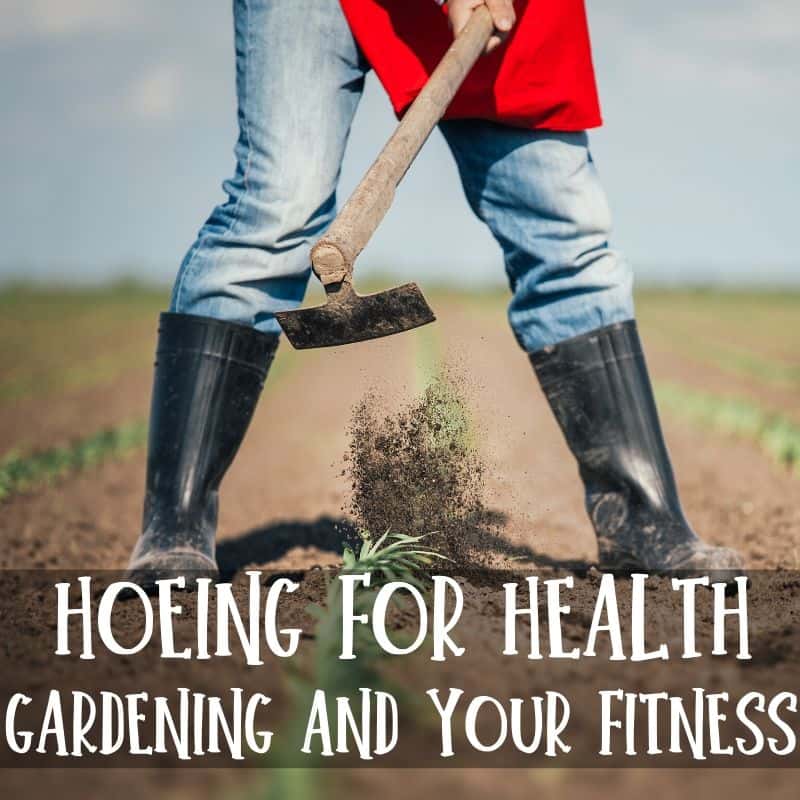
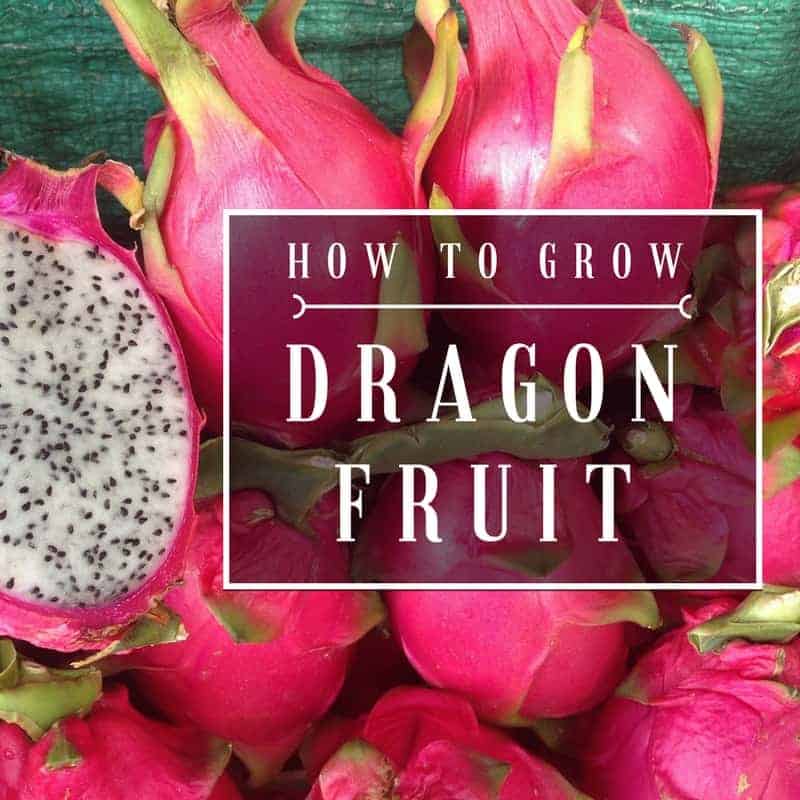
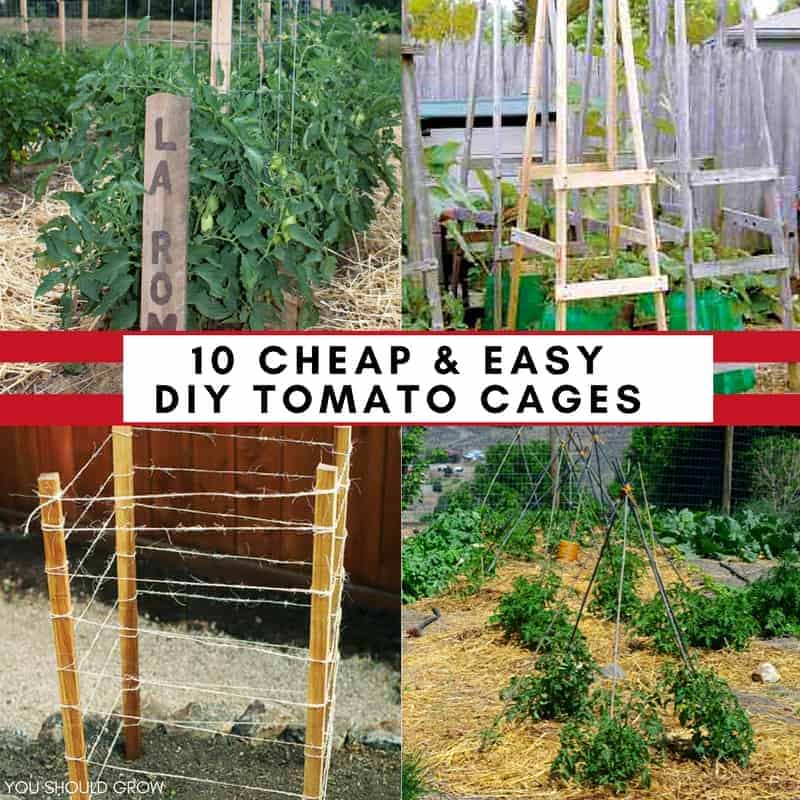
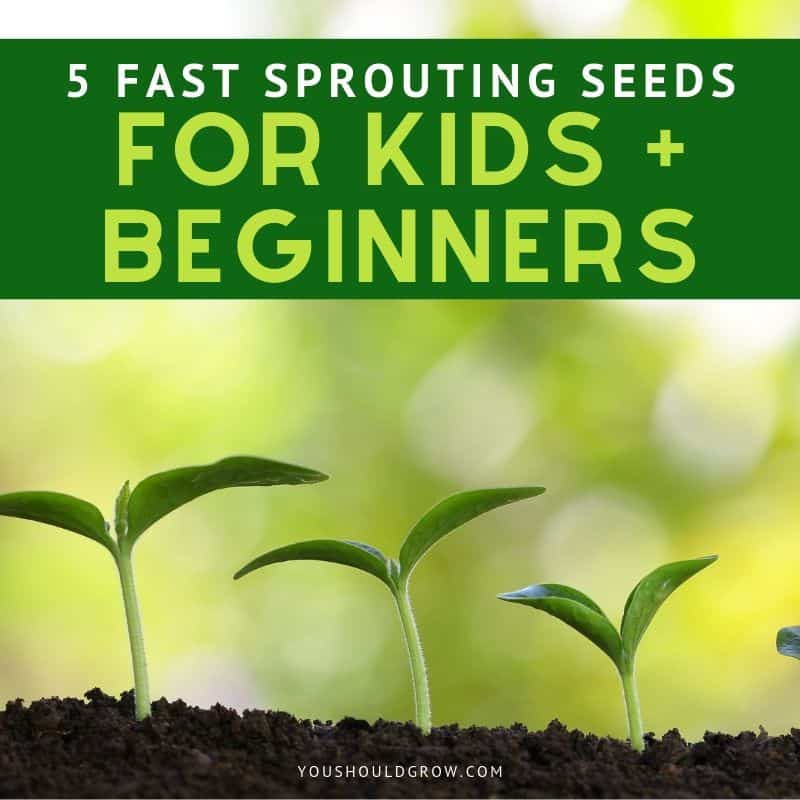
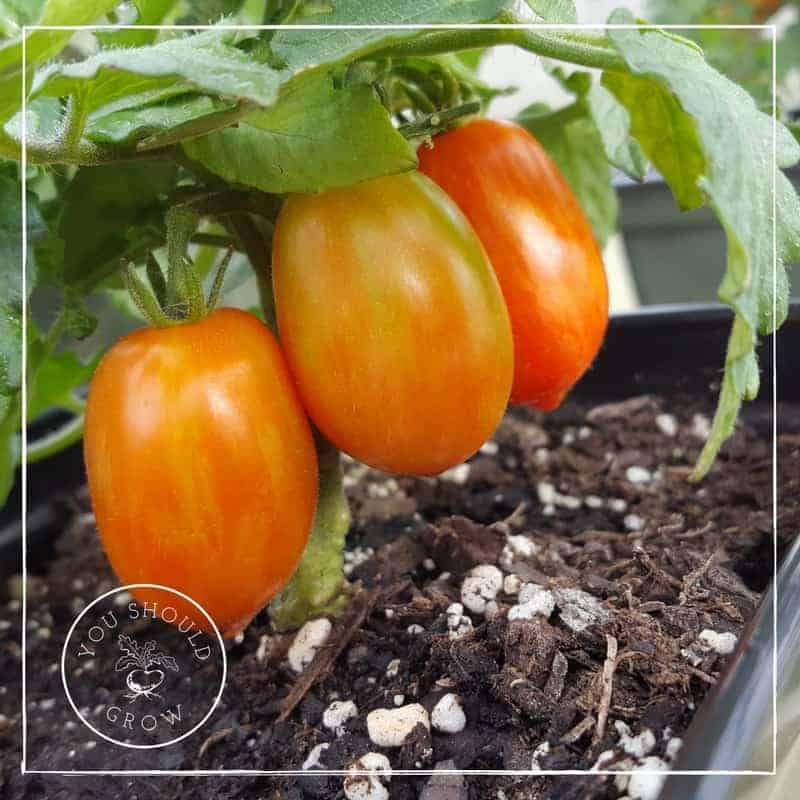
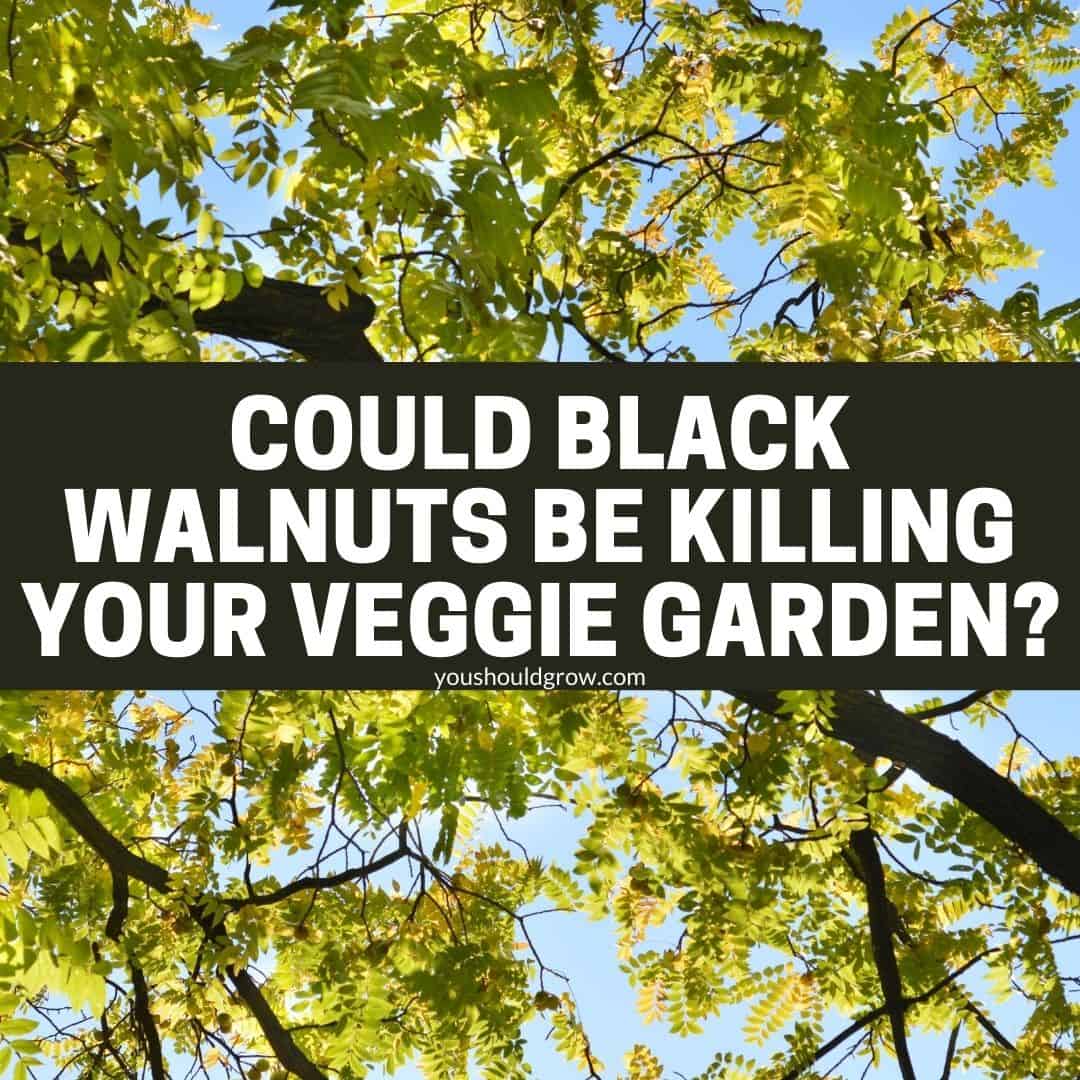
I just started my herb garden. The only thing i have is basil growing but i plan on adding a few others by next spring. Im still undecided on whitch ones to do first. But your article is very helpful. When can you start harvesting basil?
As soon as it has enough leaves you can pull off what you need and leave at least 50% on the plant. 🙂
This is a great post. I’m always overwhelmed when I start thinking about what herbs I want to plant.